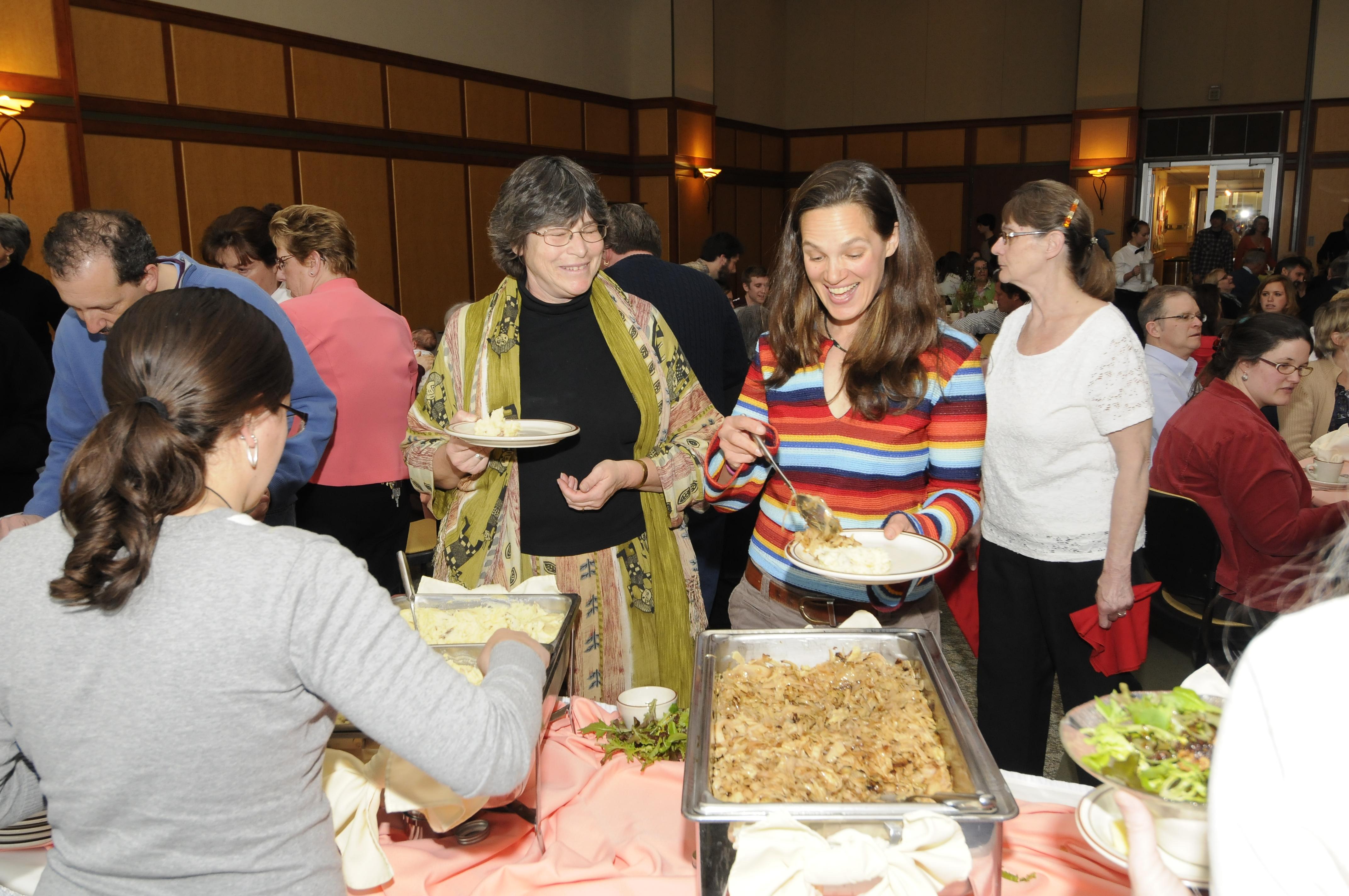

The 4-H Name and Emblem have special protections from Congress, protected by code 18 USC 707. Reference to commercial products or trade names does not imply endorsement by MSU Extension or bias against those not mentioned. This information is for educational purposes only. Quentin Tyler, Director, MSU Extension, East Lansing, MI 48824. Issued in furtherance of MSU Extension work, acts of May 8 and June 30, 1914, in cooperation with the U.S. Michigan State University Extension programs and materials are open to all without regard to race, color, national origin, gender, gender identity, religion, age, height, weight, disability, political beliefs, sexual orientation, marital status, family status or veteran status.
Local food full#
MSU is an affirmative-action, equal-opportunity employer, committed to achieving excellence through a diverse workforce and inclusive culture that encourages all people to reach their full potential. For more information, you can contact an educator by conducting a search with MSU Extension’s Find an Expert search tool and using the keywords, “community food systems.” MSU Extension has educators working across Michigan who provide community food systems educational programming and assistance. By doing so you are supporting the many benefits of locally grown food. When you know where your food comes from and who grew it, you know a lot more about that food.Īs the growing season starts and gets into full swing, you should think about how you can add more locally grown foods to your menus. You can ask what practices they use to raise and harvest the crops. Local growers can tell you how the food was grown.Food grown in distant locations has the potential for food safety issues at harvesting, washing, shipping and distribution. The more steps there are between you and your food’s source the more chances there are for contamination.


Many times produce at local markets has been picked within 24 hours of your purchase. When grown locally, the crops are picked at their peak of ripeness versus being harvested early in order to be shipped and distributed to your local retail store. Michigan State University Extension suggests the following benefits of buying locally grown food. Having the option to purchase locally grown food has many benefits. After what seemed like a long, cold winter season the chance to have locally grown food available to add to meals is irresistible. Also, growers who have greenhouses or hoop houses can offer greens early in the growing season. Soon farmers markets and roadside stands will be open and offering early spring crops such as rhubarb and asparagus.


 0 kommentar(er)
0 kommentar(er)
